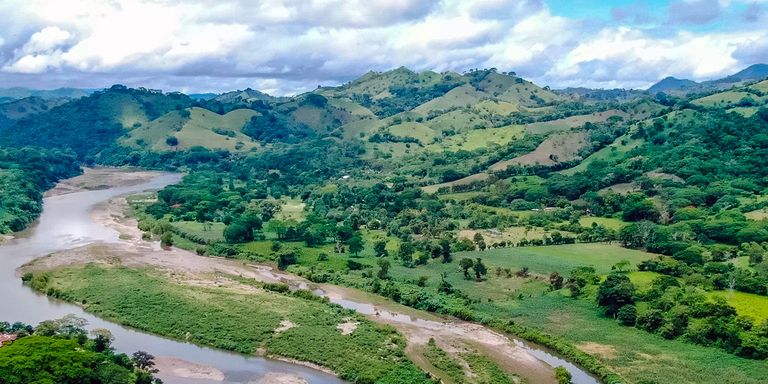Theses assessments are prepared for projects with potentially substantial environmental and social impacts. EIAs are made available to affected populations and local non-governmental organizations by the borrower before the Bank conducts its Analysis Mission.
The Inter-American Development Bank’s safeguard policies guide staff as they assess the potential for environmental and social impacts of Bank projects and programs. The Environment and Safeguards Compliance Policy and its implementation guidelines mandate that all Bank-financed operations go through a screening and classification process.
The Bank classifies projects into four graduated categories—A, B, C, and Uncategorized —according to the scale of the project, location, sensitivity, and potential impact.
The comprehensive screening enables early identification and avoidance or mitigation of complications and creates opportunities for input from stakeholders in borrowing member countries. The policies and standards also call for safeguard specialists to monitor operations throughout the project cycle and provide support for compliance wherever the need is identified.
To access information on projects in the Bank's pipeline that require the preparation of an Environmental and Social Impact Assessment, the Project Details page offers the possibility of combining a search using the pull-down menus related to Status (Preparation) and Environmental and Social Impact Category (A or B). The date on which an EIA was disclosed on the Bank's website is shown alongside each individual document.
The Inter-American Development Bank’s safeguard policies guide staff as they assess the potential for environmental and social impacts of Bank projects and programs. The Environment and Safeguards Compliance Policy and its implementation guidelines mandate that all Bank-financed operations go through a screening and classification process.
The Bank classifies projects into four graduated categories—A, B, C, and Uncategorized —according to the scale of the project, location, sensitivity, and potential impact.
The comprehensive screening enables early identification and avoidance or mitigation of complications and creates opportunities for input from stakeholders in borrowing member countries. The policies and standards also call for safeguard specialists to monitor operations throughout the project cycle and provide support for compliance wherever the need is identified.
To access information on approved projects that required the preparation of an Environmental and Social Impact Assessment, the Project Details page offers the possibility of combining a search using the pull-down menus related to Status (Approved) and Environmental and Social Impact Category (A).
The Inter-American Development Bank’s safeguard policies guide staff as they assess the potential for environmental and social impacts of Bank projects and programs. The Environment and Safeguards Compliance Policy and its implementation guidelines mandate that all Bank-financed operations go through a screening and classification process.
The Bank classifies projects into four graduated categories—A, B, C, and Uncategorized —according to the scale of the project, location, sensitivity, and potential impact.
The comprehensive screening enables early identification and avoidance or mitigation of complications and creates opportunities for input from stakeholders in borrowing member countries. The policies and standards also call for safeguard specialists to monitor operations throughout the project cycle and provide support for compliance wherever the need is identified.
To access information on projects in the Bank's pipeline that require the preparation of an Environmental and Social Impact Assessment, the Project Details page offers the possibility of combining a search using the pull-down menus related to Status (Preparation) and Environmental and Social Impact Category (A or B). The date on which an EIA was disclosed on the Bank's website is shown alongside each individual document.
The Inter-American Development Bank’s safeguard policies guide staff as they assess the potential for environmental and social impacts of Bank projects and programs. The Environment and Safeguards Compliance Policy and its implementation guidelines mandate that all Bank-financed operations go through a screening and classification process.
The Bank classifies projects into four graduated categories—A, B, C, and Uncategorized —according to the scale of the project, location, sensitivity, and potential impact.
The comprehensive screening enables early identification and avoidance or mitigation of complications and creates opportunities for input from stakeholders in borrowing member countries. The policies and standards also call for safeguard specialists to monitor operations throughout the project cycle and provide support for compliance wherever the need is identified.
To access information on approved projects that required the preparation of an Environmental and Social Impact Assessment, the Project Details page offers the possibility of combining a search using the pull-down menus related to Status (Approved) and Environmental and Social Impact Category (A).
